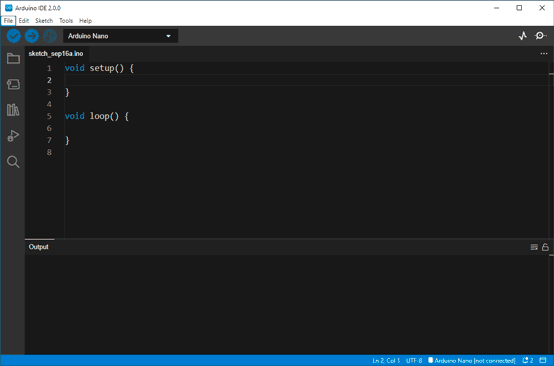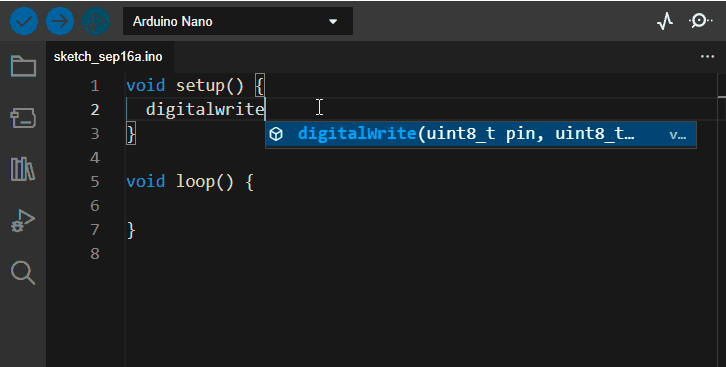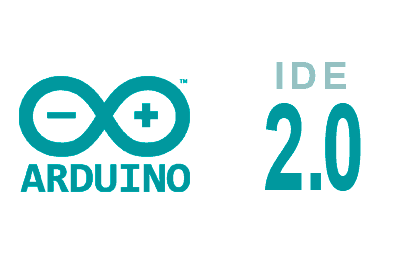Arduino has announced on its blog that, finally, the version 2.0 of its Integrated Development Environment (IDE) is now available. This incorporates numerous improvements over the previous version.
Version 2.0 was available as beta since March 2021. Thanks to the efforts of many people who have tested this new version, it is now available as a stable public version.
The new IDE incorporates significant improvements both aesthetically and functionally, representing an important improvement over the previous version. These bring it closer to the features we expect in any current programming environment.
It is based on the Eclipse Theia framework, an Open Source project for developing Desktop and Cloud IDEs. The front-end is written in TypeScript, while most of the backend is developed in Golang.

Eclipse Theia is designed to provide an experience similar to that of VS Code, so we will find that it is visually very similar. Thus, we find a significant aesthetic improvement, with a modernized and adaptive UI, with support for themes.
Among the most important improvements, we find the autocomplete function, the ability to go to a function’s definition (peek definition), automatic formatting, or renaming of variables and methods. These are very useful and common functions in almost any IDE, and it was difficult to understand that the Arduino IDE lacked them.

Another strong point of the new version is a significant improvement in build speed. Times have been notably reduced, especially when recompiling a program.
Among the new functions are also an improved Serial Plotter, copy in markdown format, or the ability to self-update, so it will no longer be necessary to install new versions. It also has integration with the Arduino Cloud, although personally I do not find it very interesting, compared to other alternatives such as Git.
In short, these new features are very important improvements that, perhaps, come somewhat late. Especially when we consider that there are different alternatives, with the combination of Visual Studio Code + PlatformIO being the rival to beat (as we saw in this post).
Among the shortcomings that I miss the most are error highlighting, allowing to manage projects with more than one file in a simpler way, or maintaining the current global library system, rather than adding them individually to the project.
However, despite these points of improvement and although there are better alternatives, it is important to remember that the strong point of the Arduino IDE is its ease of use. Thus, it is designed for casual or beginner users.
In this way, a large number of users will use the standard Arduino environment, while other alternatives such as Visual Studio Code plus PlatformIO are reserved for more advanced users.
In this case, users of the standard environment, who are the majority, will find a great improvement in the new version 2.0. This is a very welcome update in an IDE that was beginning to show its age.
The new Arduino IDE 2.0 is available for Windows 10 64-bit or later, Linux X64, and macOS 10.14 or later. You can download it from the official website at https://www.arduino.cc/en/software/
